Understanding Pneumatic Tools: Functionality, Benefits, and Varieties #
Pneumatic tools, often referred to as air tools, are power tools powered by compressed air supplied by an air compressor. These tools are integral to a wide range of industries, including machinery manufacturing, shipbuilding, automotive assembly and repair, construction, and the processing of metal, stone, and wood. Their operation encompasses tasks such as chiseling, cutting, drilling, hammering, punching, nailing, riveting, sanding, and sawing.
How Pneumatic Tools Work #
Pneumatic tools utilize compressed air to generate mechanical motion, making them highly effective in environments that are flammable, explosive, dusty, damp, or subject to shocks. Their simple construction not only ensures a long working life but also makes maintenance straightforward. Additionally, pneumatic tools are recognized for their eco-friendliness and reliability.
Key Advantages of Pneumatic Tools #
- Lightweight and Versatile: Air tools are generally lighter than their electric counterparts, making them easier to handle and suitable for a variety of tasks.
- Powerful and User-Friendly: They deliver robust performance while remaining easy to operate.
- Reliable and Durable: Designed for longevity, pneumatic tools require minimal maintenance.
- Cost-Effective: Over time, their durability and efficiency contribute to lower operational costs.
Types of Pneumatic Tools #
Pneumatic tools are available in numerous types, each tailored to specific workshop and industrial needs. Common categories include:
- Impact Wrenches
- Ratchet Wrenches
- Air Drills
- Air Riveters
- Air Grinders
- Industrial Air Tools
- Auto Air Tools
- Air Hammers
- Air Sanders
- Air Screwdrivers
- Air Spray Guns
- Air Blow Guns
- Tire Gauge & Storage
- Air Tool Accessories
LICOTA offers a comprehensive selection of these air pneumatic tools, supporting a wide range of professional and industrial applications. For further information or to make an inquiry, you are welcome to contact LICOTA.
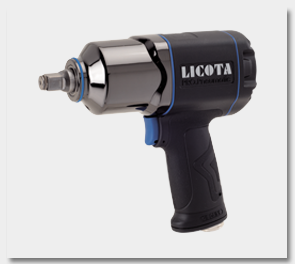 IMPACT WRENCH
IMPACT WRENCH RATCHET WRENCH
RATCHET WRENCH AIR DRILL
AIR DRILL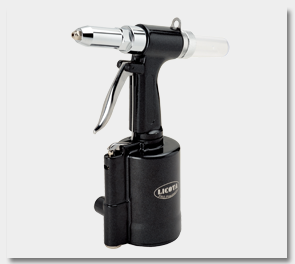 AIR RIVETER
AIR RIVETER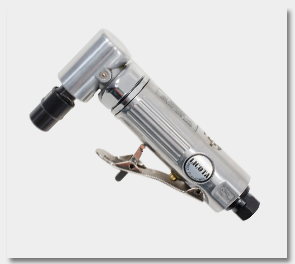 AIR GRINDER
AIR GRINDER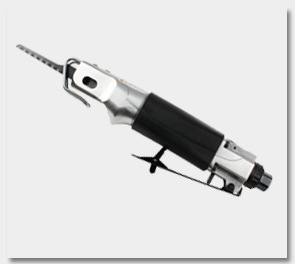 INDUSTRIAL AIR TOOL
INDUSTRIAL AIR TOOL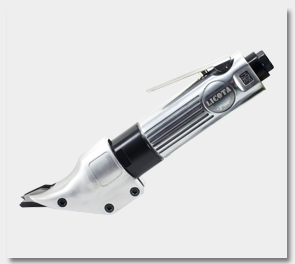 AUTO AIR TOOL
AUTO AIR TOOL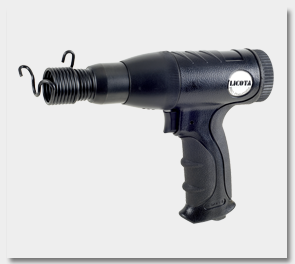 AIR HAMMER
AIR HAMMER AIR SANDER
AIR SANDER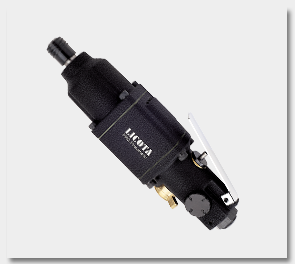 AIR SCREWDRIVER
AIR SCREWDRIVER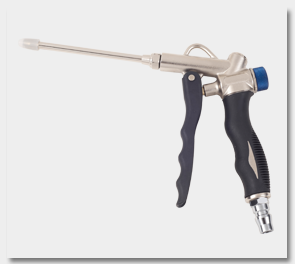 AIR SPRAY GUN
AIR SPRAY GUN AIR BLOW GUN
AIR BLOW GUN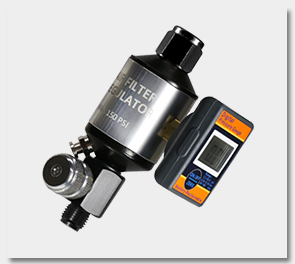 TIRE GAUGE & STORAGE
TIRE GAUGE & STORAGE AIR TOOL ACCESSORIES
AIR TOOL ACCESSORIES